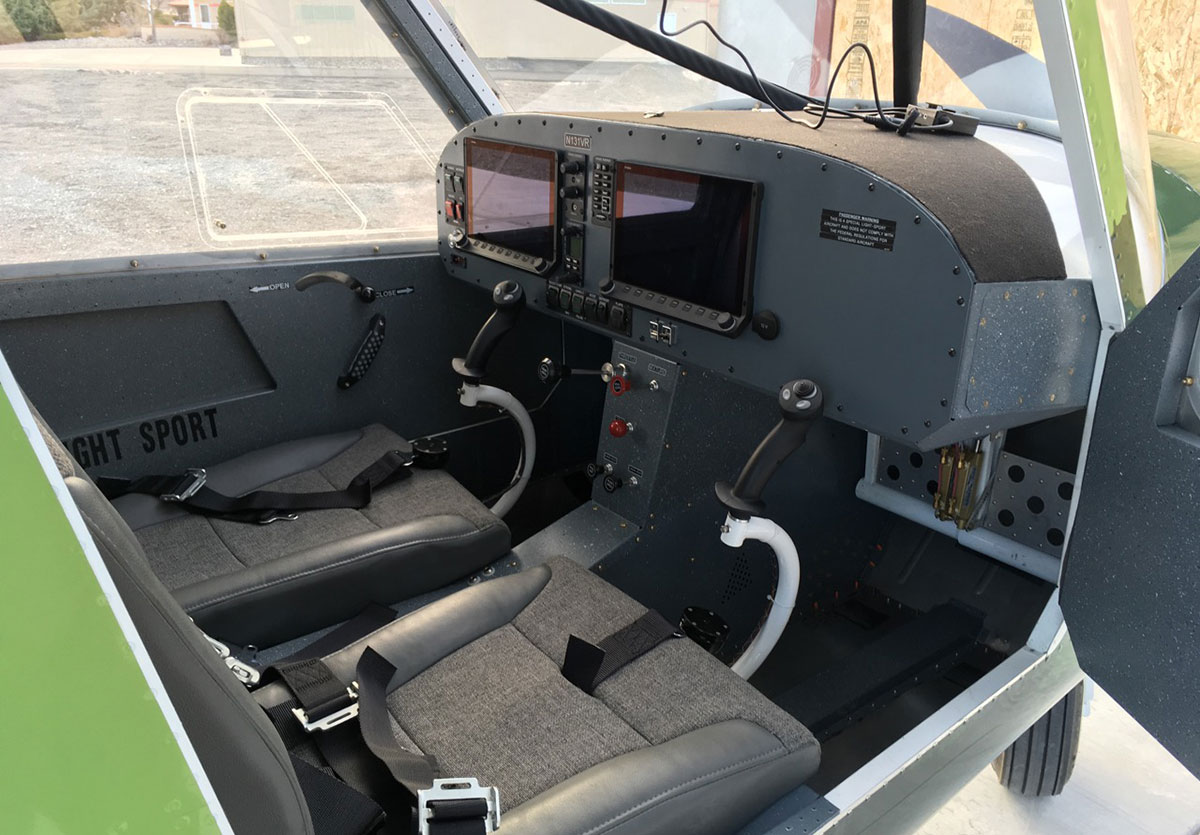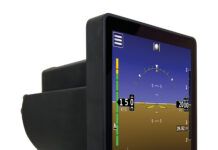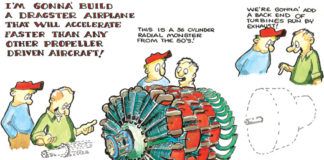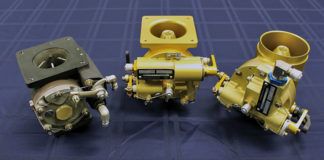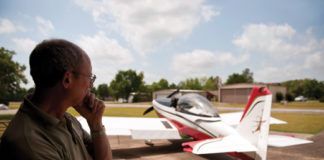I got a chance to fly a new airplane that – while not experimental itself (it’s a production SLSA), its roots run deep in our world. The airplane – the Ranger by Vashon Aircraft – is designed for the training market, powered by the old reliable O-200, and was designed by Ken Kruger, former chief engineer for Van’s Aircraft. Ken was the engineering force behind a number of today’s most popular aircraft kits, and now serves as an independent design consultant. Vashon Aircraft – a sister company to Dynon Avionics – hired him to create the Ranger, and the aircraft is poised to go into production in the near future.
Ken stopped by with the Ranger to give us a chance to fly the little airplane, and we never turn down a chance to try something new. The airplane features a roomy cockpit that should be a pleasant classroom for those learning to fly, and – of course – a full Dynon Skyview HDX panel. The strutless cantilevered wing allows easy access to large doors on either side of the cabin, and care has been taken to keep that access clear – hence, the pitot/static/AoA probe that is mounted ABOVE the wing on one side.
The carbureted O-200 cranked up quickly and smoothly, and all controls fit neatly to hand. The airplane features a full swiveling nose wheel, and taxiing was conventional, as was the preflight checklist and run-up. The one-piece wing has no dihedral, and makes the tips seem a little low, but as with any high wing airplane, you need to turn a little to see around the wings to make sure the approach path was clear before taking the runway. Not a problem – just different.
Take-off was as you’d expect from a light sport at altitude – with initial climb about 600 – 700 fpm with two onboard and fuel, making us right about at gross. The rudder is powerful and sensitive – but not oversensitive. Roll and pitch were nicely harmonized, and turns were comfortable. Slow flight was stable, and the stall had a gentle break, with no significant tendency to roll off one way or another. The break is just to a level flight attitude, and if you hold the yoke back, you just get a lot of sink with good roll and yaw control.
We shot a few landings, all of which were natural and easily done in less than 1,000′ without really trying. The airplane should make an excellent trainer, with conventional, honest handling. It should give students a good start and sound basic principles they can carry into any airplane and type of flying they choose.
This airplane, the second built – is fully comforming, so it is essentially a production aircraft with nice fit and finish. We look forward to following the airplane as it moves into production, and into the hands of flight schools and their students.

